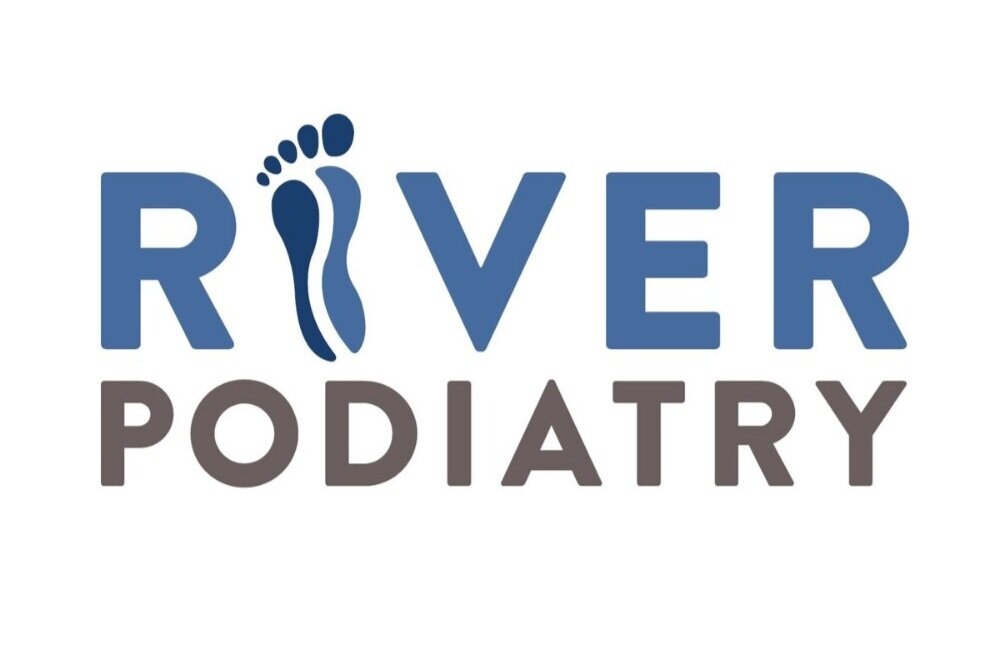Gout
What is it?
Gout is a disorder that involves elevated levels of uric acid in the blood. The crystals from the uric acid then settle from the blood stream into various joints of the body, and most commonly, the big toe joint.
Gout is a chronic disease that begins with recurring attacks. When an attack develops, it can last several days and the joint becomes swollen, red and extremely painful. Patients often complain of not being able to tolerate a sheet resting on their big toes or other parts of their feet such as their heels or even their ankles. The foot is commonly affected because it is subjected to continued pressure in walking, increased exposure to trauma and its greater tendency for anatomic blood pooling to occur.
What causes it?
Gout is a metabolic condition that is common in the general population. Men in their 40s-50s suffer from gout seven to eight times more compared to women. There are also genetics involved with gout and families that are have a history of this condition are at an increased risk for developing this disease. Alcohol also tends to worsen this condition and trigger frequent attacks. The use of diuretics or "water pills" can also trigger the settling of uric acid in the blood and can lead to frequent episodes of painful gouty attacks.
How do you treat it?
The treatment of gout usually begins with reducing the pain and swelling by keeping the patient off weight bearing and elevating and rest the affected area. Anti-inflammatory medications help reduce the pain and swelling while removing the uric acid from the body. Steroid injections into the joint also aid in the reducing pain and swelling. Avoiding alcohol and foods that contain high levels of protein is advised to prevent flare-ups. Drinking water is also suggested to dilute the levels of uric acid in the body. Once a patient develops gout and has had recurrent episodes, preventive oral medications can be taken to prevent or minimize future attacks. Surgery should also be considered only when all other forms of treatment have failed. The surgery itself, would involve a remodelling of the affected joint or joints.
Acute Gout Attack
What is it?
An acute gout attack is an inflammatory process that occurs in a joint secondary to a high concentration of uric acid in the blood. It is most commonly seen in the middle age, elderly and is much more common in men. It can occur in any joint in the body but is most commonly seen in the big toe joint followed by the knee and ankle. It is extremely painful and is characterized by a red, hot, swollen joint. Patients who are undergoing acute gout attacks are usually in extreme pain and find it most difficult to even bear weight during normal walking. Sometimes just the touch of the bed sheets over the area can lead to a great deal of pain.
What causes it?
An acute gout attack results when elevated levels of uric acid in the blood cause crystals to settle into certain joints. The body's defense mechanism tries to fight the foreign material and an inflammatory process is initiated. Uric acid is a metabolic end product that is normally found in certain foods. People that experience "gouty attacks" have increased levels of uric acid for a variety of reasons. Often very rich foods like alcohol, chocolate, seafood, and meats can lead to attacks. Sometimes the medication we take can cause the body to increase the uric acid levels. The uric acid crystals settle in joints in one's arms and legs because of the decreased temperature seen in the extremities. The crystals are recognized as foreign material and the body fights it like an infection. The area becomes swollen, red, hot and extremely painful.
This is one of the most painful conditions we treat.
How do you treat it?
Acute gout attacks are usually treated with a combination of therapies. Oral medications such as anti-inflammatories, analgesics and colchicine are most commonly used to treat this disorder. Often times, local injections into the affected joint will help relieve symptoms. Various other treatments include warm compresses, elevation of the involved area, physical therapy, and the use of pain relievers such as narcotics. The goal of treatment for acute gout attacks is to end the "flare up" and convert the patient's condition to the chronic state. A patient can also prevent reoccurring attacks by incorporating a low purine diet into their lifestyle.

